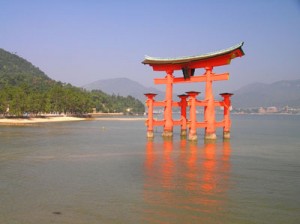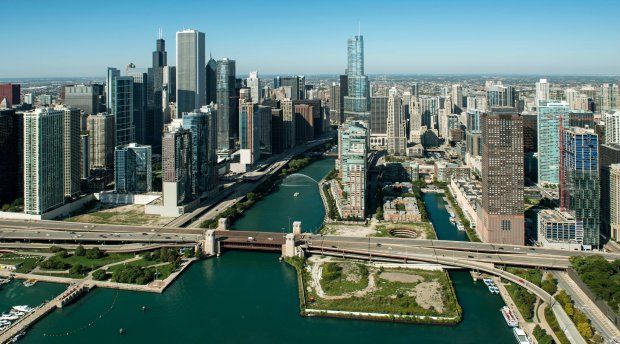Japan Machine Orders Fell More Than Expected
Post Views 0In September, Japan’s machinery orders fell more than they had forecasted, indicating that companies may have to hold off on outlaws on concern a global slowdown and a strong yen will hurt business.
The Cabinet Office said in Tokyo today that Bookings, which is an indicator of future capital spending, fell 8.2 percent in September from August. The median forecast of 29 economists, who were surveyed by Bloomberg News was for a 7.1 percent fall. In August from July, orders rose 11 percent. A yen trading near post-World War II highs against the dollar eroded profits at the Japanese exporters from Sony Corp. to the Toyota Motor Corp. last quarter. In September, industrial production dropped a sharper-than-expected 4 percent, in a sign demand for Japanese products may be faltering.
”September was probably a period of cooling,” says Naomi Fink, who is the head of Japan strategy at Jefferies Japan Ltd. in Tokyo. Fink also says that concerns about the global economy have lessened since then.
As of 11:14 a.m. Japan’s currency traded at 77.79 per dollar in Tokyo and the Nikkei 225 Stock Average fell 2.4 percent after a big surge in Italy’s bond yields stocked concern that Europe’s debt crisis is spreading.
On Oct. 31, the yen’s appreciation to a postwar record of 75.35 yen prompted Japan to intervene in the currency market for the third time this year. Based on analysis of the Bank of Japan (8301)’s balance sheet, Barclays Bank Pic and Totan Research Co. estimate that officials sold a record 8 trillion yen ($103 billion) in a single day. Seiji Adachi, who is a senior economist at Deutsche Securities Inc. in Tokyo, said before the report. ”If October and November figures are also negative we can confirm a negative trend.”
Surveys showed that, due to the strong yen and weakening global demand, growth in the world’s third-largest economy will probably slow after rebounding from nine months of contraction last quarter.
According to the median forecast of 23 economists in a Bloomberg News survey ahead of the Cabinet Office release of the data on Nov. 14, gross domestic product probably grew at an annualized 5.8 percent in the third-quarter.
According to the average forecast of 42 economists compiled by the government-affiliated Economic Planning Association, Japan’s economy may then expand 2.3 percent in the fourth quarter and 2.7 percent in the first.
This week it was reported that Toyota, who is Asia’s largest carmaker, had a profit fall of 19 percent in the second quarter ended Sept. 30, as the Thai floods hampered its efforts to recover from the March 11 earthquake and the yen’s gains eroded operating profits.
Sony, who is Japan’s largest consumer-electronics exporter, reported last week that an unexpected loss of 27 billion yen for last quarter.
Prime Minister Yoshihiko Noda has submitted to parliament a 12.1 trillion yen third extra budget to help to pay for reconstruction after the March disaster. The government has already so kindly passed two packages worth a total of 6 trillion yen for disaster relief.




 Atlanta’s Top Telecom, Cell Phone, and Electronics Manufacturers
Atlanta’s Top Telecom, Cell Phone, and Electronics Manufacturers  Chicago’s Top Tech Companies
Chicago’s Top Tech Companies  US Dollar Gaining Momentum
US Dollar Gaining Momentum  Amazon May Have a Better Grasp on Workplace Culture
Amazon May Have a Better Grasp on Workplace Culture  Expected Changes in 2016 to the Workplace
Expected Changes in 2016 to the Workplace  2006-2015 Median Weekly Earnings of Full-Time Workers in the United States
2006-2015 Median Weekly Earnings of Full-Time Workers in the United States  Top Canadian Companies You Want to Work For
Top Canadian Companies You Want to Work For